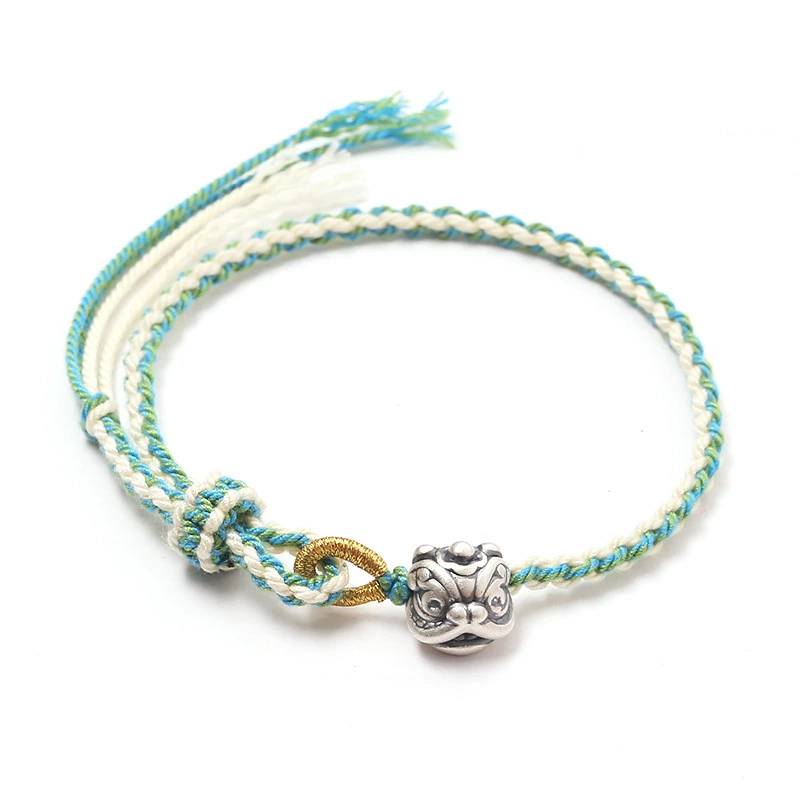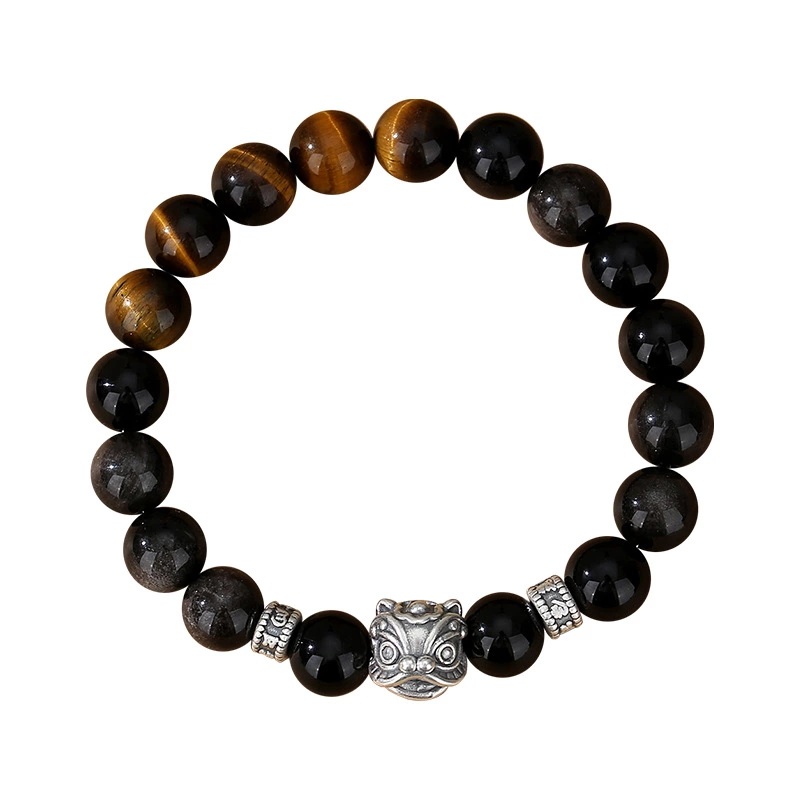The Chinese lion dance, a traditional performance art blending dance, martial arts, and folklore, carries profound cultural heritage and historical significance. Originating in southern China, particularly in Guangdong, it is regarded as a symbol of warding off evil spirits and ushering in good fortune.
Origins and Legends
The history of the lion dance dates back to the Northern and Southern Dynasties (420–589 AD), though it gained widespread popularity and developed its distinctive form during the Tang and Song Dynasties. According to folklore, the lion dance originated from the legend of the “Nian” beast. It is said that this mythical creature terrorized villages on New Year’s Eve, and villagers used loud drums, gongs, and lion-like props to scare it away. Over time, this practice evolved into the lion dance tradition. With the introduction of Buddhism to China, the lion, revered as a guardian deity, further enriched the cultural symbolism of the dance.
Development and Evolution
By the Song Dynasty (960–1279 AD), the lion dance had become a common feature in folk festivals and temple fairs, serving as a celebration of harvests and prayers for blessings. During the Ming and Qing Dynasties (1368–1912 AD), the dance integrated with southern martial arts traditions, giving rise to the “Southern Lion” style. Unlike the “Northern Lion,” which emphasizes acrobatics, the Southern Lion focuses on mimicking the lion’s expressions—such as scratching its ears or wagging its tail—while incorporating challenging performances on elevated poles, blending strength and agility.
In the late Qing Dynasty and early Republic era, the lion dance spread to Southeast Asia, Europe, and the Americas through Chinese diaspora communities, becoming a global ambassador of Chinese culture. Today, it remains a highlight of traditional festivals and frequently appears on international stages, such as Spring Festival celebrations and cultural exchange events.
Performance Style
A lion dance is typically performed by two dancers: one manipulates the lion’s head, while the other controls the tail, moving in sync with the rhythm of drums, gongs, and cymbals to portray the lion’s emotions. The lion prop, often crafted from bamboo and colorful fabric, is elaborately decorated with movable eyes, bringing it to life. A key element, the “cai qing” (plucking the greens), symbolizes the welcoming of prosperity, requiring dancers to leap and tumble on high poles with skill and courage.
Cultural Significance and Modern Preservation
Beyond its role as a performance art, the lion dance embodies unity, bravery, and auspiciousness in Chinese culture. It reflects the bold and vibrant spirit of Lingnan (southern China) culture while expressing people’s aspirations for a better life. In recent years, as part of efforts to protect intangible cultural heritage, the lion dance has been listed as a national intangible cultural heritage in China. Schools and communities have established training programs to engage younger generations in its preservation.
From an ancient ritual to ward off evil to a modern cultural icon, the Chinese lion dance has evolved over centuries while retaining its vitality. It stands as a testament to southern Chinese folklore and a microcosm of the diversity within Chinese culture. By exploring its history, we gain a deeper appreciation for the enduring charm of this traditional art in bridging the past and the future.






